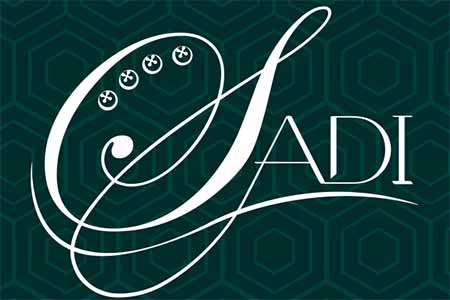New journal South Asian Dance Intersections launches

UNC Charlotte’s J. Murrey Atkins Library is institutional host to a new international journal; it resulted from the work of Kaustavi Sarkar, assistant professor of dance.
South Asian Dance Intersections, which launched Sept. 23, is a progressive, scholarly, blind peer-reviewed and open-access journal that seeks to publish a unique blend of original high-quality research in scholarly, choreographic, contemporary, community-building and technical explorations within South Asian dance and its interdisciplinary intersections.
The journal has its roots in the international conference on South Asian dance that Sarkar first organized in spring 2019. Featuring classical Indian dance artists from all over the world, the conference was held on Charlotte’s campus. Planned as an annual event, the conference was cancelled in 2020 because of the pandemic.
Like so many artists and scholars during that time, Sarkar then took her work virtual, creating an online summer institute in 2020, which 75 artists from Europe, Asia, Australia and the Americas attended.
She then established a virtual professional development training program called Indian Classical Dance Pedagogy Certificate, offered through the University’s continuing education system and ultimately convened a 10-person international advisory group with prominent South Asian Dance Studies scholars.
That advisory group has become the editorial board for the new journal, South Asian Dance Intersections, which is presented by the Dance Studies Association’s Asia and Asian Diaspora Studies Working Group.
The inaugural issue, Dance and the Political/Dance and the Pandemic, contains eight articles representing research from six countries, including India, Pakistan, Bangladesh and Sri Lanka. Sarkar’s article, “Failure of Rasa: Story of Indian Dance During COVID-19,” is among the offerings.
Sarkar, who has served as the journal’s interim manager, said the current plan is that South Asian Dance Intersections will publish once a year.